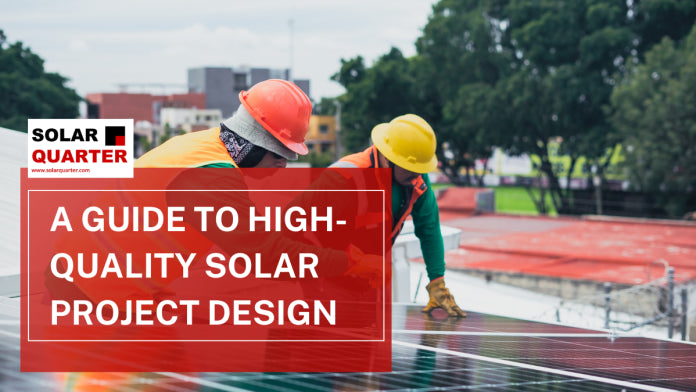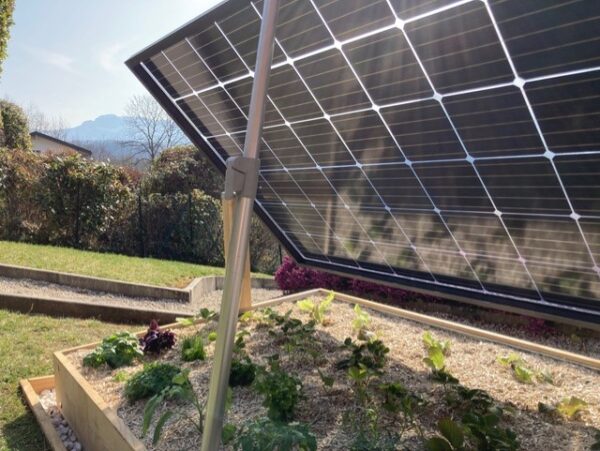https://solarquarter.com/2023/03/23/from-site-assessment-to-regulatory-compliance-a-guide-to-high-quality-solar-project-design/
From Site Assessment to Regulatory Compliance: A Guide to High-Quality Solar Project Design
As the world continues to shift towards renewable energy sources, solar power has emerged as one of the most promising options for powering homes, businesses, and even entire communities. However, designing top-quality solar projects requires careful planning, attention to detail, and a thorough understanding of the various components that make up a solar energy system. In this article, we will discuss some key considerations and best practices for designing high-quality solar projects.
Site Assessment
The first step in designing a solar project is to conduct a thorough site assessment. This involves evaluating the site’s solar resource potential, including factors such as shading, orientation, and weather patterns. In addition, the site assessment should take into account the available space for solar panels, as well as any structural or electrical constraints that may impact the system design. By conducting a comprehensive site assessment, solar designers can develop an accurate understanding of the site’s solar potential and design a system that maximizes energy production while minimizing costs.
System Sizing
Once the site assessment is complete, the next step is to determine the appropriate size of the solar system. This involves analyzing the energy needs of the site, as well as the available solar resource, to determine the optimal number and size of solar panels required to meet the site’s energy demand. Additionally, the solar designer should consider factors such as system efficiency, battery storage capacity, and backup power requirements to ensure that the system is reliable and resilient.
Component Selection
Selecting the right components for a solar system is critical to ensuring its long-term performance and reliability. Solar designers should carefully evaluate the quality and reliability of solar panels, inverters, batteries, and other system components to ensure that they meet the site’s specific needs and requirements. In addition, the solar designer should consider factors such as warranty coverage, maintenance requirements, and compatibility with other system components to ensure that the system is built to last.
System Integration
Effective system integration is essential to ensuring that a solar project operates efficiently and reliably. Solar designers should carefully consider the interconnection of various system components, such as solar panels, inverters, and batteries, to ensure that they work together seamlessly. Additionally, the solar designer should consider factors such as system monitoring and control to ensure that the system can be remotely managed and optimized for maximum performance.
Regulatory Compliance
Finally, solar designers must ensure that their solar projects comply with all applicable regulations and standards. This includes compliance with local building codes, electrical codes, and safety regulations, as well as compliance with any local or state incentives or regulations related to renewable energy systems. By ensuring regulatory compliance, solar designers can ensure that their solar projects are safe, reliable, and eligible for any available incentives or rebates.
In conclusion, designing top-quality solar projects requires careful planning, attention to detail, and a thorough understanding of the various components that make up a solar energy system. By following these best practices and considering factors such as site assessment, system sizing, component selection, system integration, and regulatory compliance, solar designers can develop high-quality solar projects that deliver reliable, renewable energy to homes, businesses, and communities.
This article was authored by using inputs from ChatGPT, by OpenAI. The content is a part of tech series and the information is only for generic knowledge and educational purposes.








